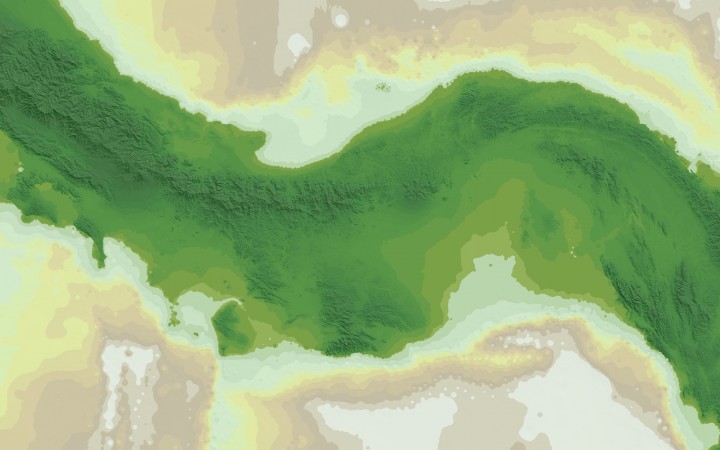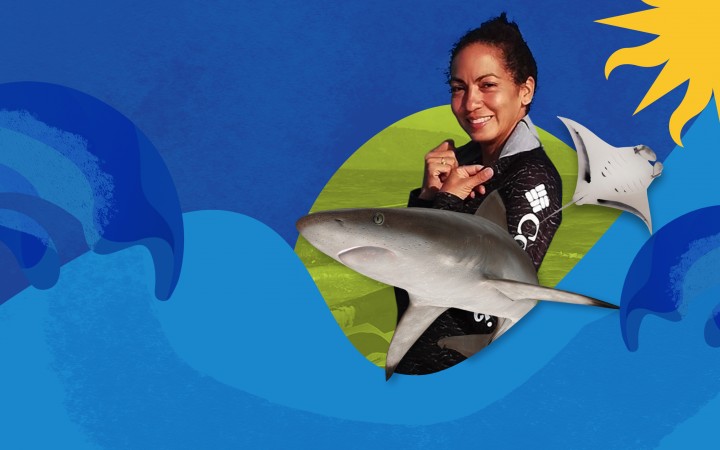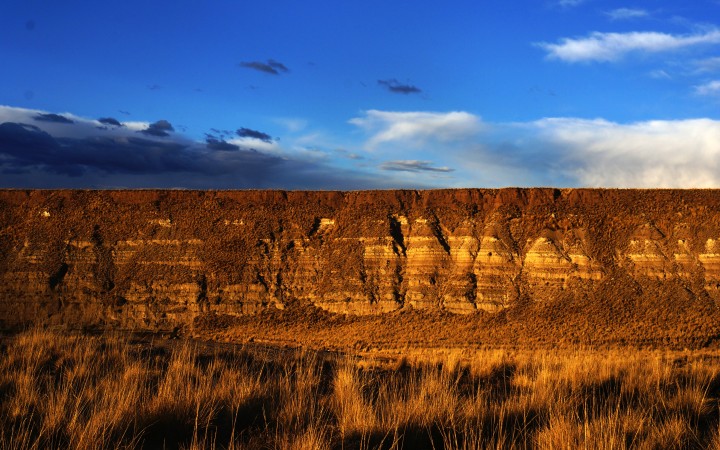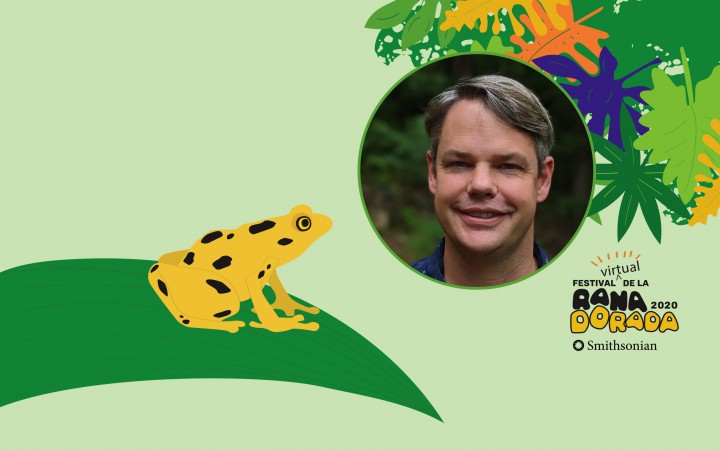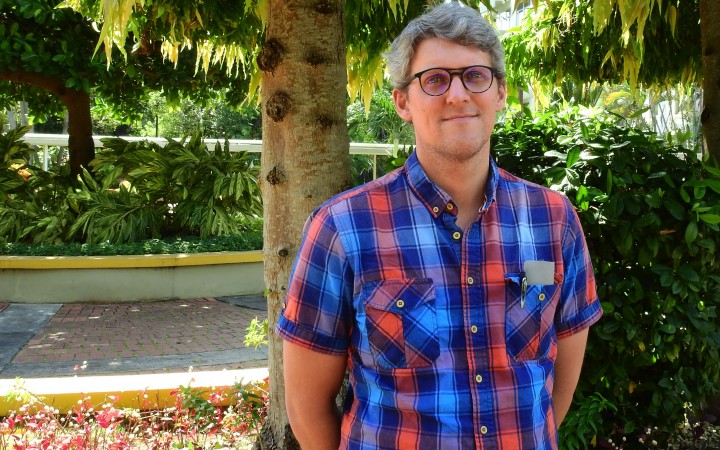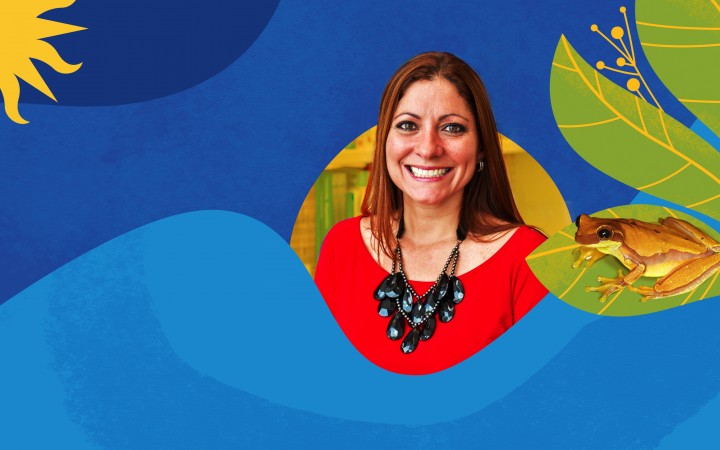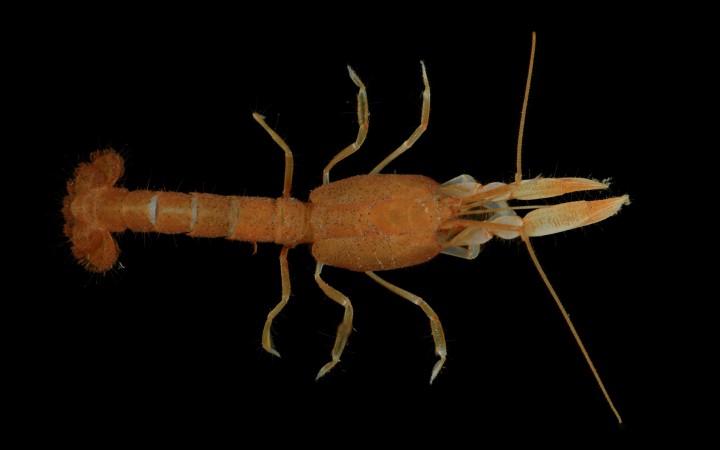Peruvian Amazonian shaman rose to power on promises of liberation and immortality
Anthropologist Fernando Santos-Granero has pieced together the story of a change agent whose life spanned an important period in South American history in his book, Slavery and Utopia , now available in English and Spanish.

